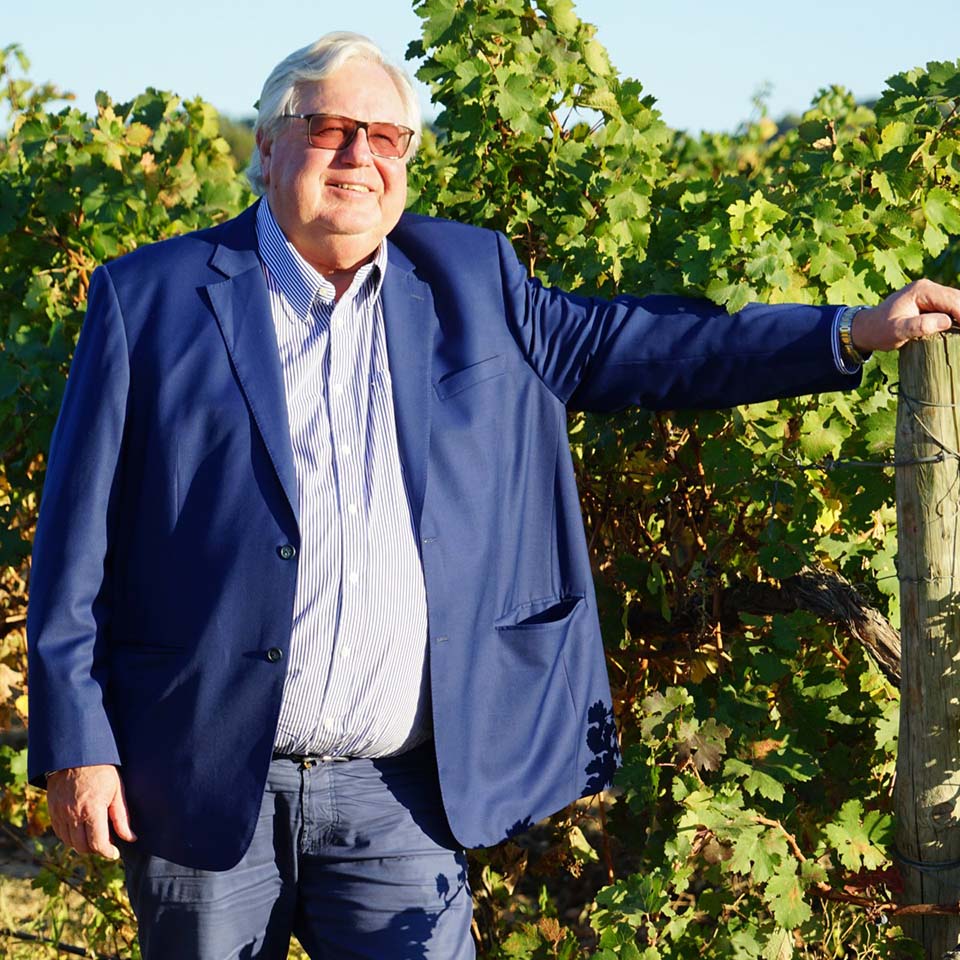
Rosé wines have come a long way from being the simple gluggers of the seventies. At that time, rosé was often a simple rustic affair, intended as a refreshing apéritif or something to knock back with a lunch-time sandwich. Those days have gone and although the majority of rosé is still basic wine, it’s become incredibly popular. Rosés are usually aromatic, with reminders of fresh cut flowers and red fruits like strawberry or raspberry. They are easy drinkers too. Crisp and clean-tasting, they go with virtually any light food, especially snacks. It’s no longer chic to be sniffy about rosé.
Rosé is nearly always made from red grapes. Almost any variety of red grapes will do, though Shiraz and Grenache are popular among winemakers. The French word rosé (ro-ZAY) means “pink” but because of the way the wine is manufactured, it’s not always pink. It can range from a pale “onion-skin” orange to a vivid near-purple, depending on the grapes used and the length of time that their skins have been left to soak in the grape juice.
European rosé tends to be dry, especially that from the South of France. People often assume that rosé is a modern invention, but its origins can be traced back to the sixth century. It was probably first made in or near Marseille, that sprawling cosmopolitan city on the shores of the Mediterranean. Although rosé is produced in many countries, its spiritual home has always been the southern regions of France, especially Provence which is the unofficial rosé capital of the world. Provence is part of a vast region that used to be known as Languedoc-Roussillon, an enormous swathe of land in Southern France which lies on the Mediterranean coast down in the right-hand corner of France. With an area of over a thousand square miles, the region produces nearly three times as much as wine as Bordeaux and more than the whole of Australia. It’s a land rich in history too and it’s thought that wild grapevines were growing there during the Pliocene period, which is even before human beings showed up.
In 2016, Languedoc-Roussillon was joined with its next-door neighbour the region of Midi-Pyrénées to become Occitania, the current official name for the region, which reflects its ancient historical name.
Rosé should usually be consumed when it’s young and fresh, so it’s generally safer to buy it where you can be sure that there’s a rapid turnover. Although traditionally a budget wine for casual swigging, a few French wineries have started producing exceptional high-quality rosés for the connoisseur. They are nearly all made in Southern France in places traditionally associated with rosé, such as Tavel, Bandol and the Côtes de Provence. These top-of-the-range wines are produced in limited quantity and cost between 50-100 US dollars per bottle but it’s unlikely you’ll see any of them around here.
Fleur De Galetis Rosé, France. Bt 459 @ Tops, Villa
This pleasant wine is from Domaines Montariol-Degroote (known as DMD), a large company in Languedoc-Roussillon that owns many domains and produces eleven million bottles a year, nearly all of which are exported.
The modest price reveals that Fleur De Galetis is an entry-level product but none the worse for that. It’s an incredibly pale salmon pink; a few shades lighter and it would be transparent. The wine was fermented at 16°-17°C in stainless steel tanks and bottled shortly afterwards to retain the freshness of the aromas. There’s a delicate aroma of red currant and raspberry and in typical French style, restrained fruit on the palate. There’s also a smooth mouth-feel, a light body and fresh acidity. Some people might find the wine a bit assertive in this respect, but I enjoy a dash of acidity in wine for it invigorates the taste. It’s completely dry with a short dry finish. At just 12% ABV, this is a simple glugger but an attractive drink that would be appropriate for summer evening snacks in the garden, ideally with an accordionist playing French café music at a safe distance.
Did I ever tell you that I used to play the accordion? Unfortunately, I didn’t play it for long because one day a deputation of neighbours arrived to complain. It was not that my playing was bad (they kindly assured me) but that the sound was unbearably loud. They had a point of course, because accordions are noisy beasts. And in any case, I didn’t really enjoy playing it much, partly because the wretched thing was so heavy. For this reason, you don’t just play the accordion; you wear it, with the aid two thick leather straps that go around your back and rest of your shoulders.
Anyway, Fleur De Galetis is a refreshing wine and would work well with cheese quiche, salads or virtually any light snacks.
Like all rosé, you need to drink this quite cold; straight out of the fridge will do. I tried the wine with some Norwegian smoked salmon and home-made avocado sauce and it was an almost perfect match. I nearly made a few French fries but eventually resisted the temptation for I cannot afford to put on weight. We pole-dancers need to keep in shape, you know.





